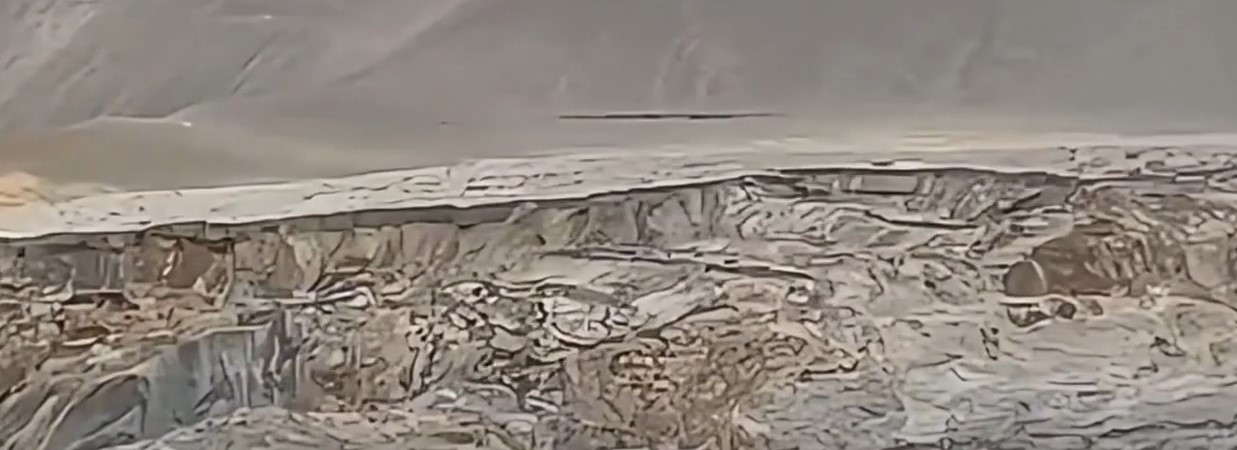The Landslide Blog is written by Dave Petley, who is widely recognized as a world leader in the study and management of landslides.
The impact of the 16 March 2025 tailings landslide at Andavilque, Bolivia continues to become apparent as the recovery operation is in full swing. News reports suggest that there were two fatalities and that 47 houses were destroyed. The government has committed to a full investigation, but we know that such promises are often not delivered.
It appears that heavy rainfall may have led to an overtopping that rapidly turned into a large-scale breach. There is some fascinating video of the development of the failure on Youtube, buried in a news report of the event. You should be able to view this below, but note that the footage is unverified at this point:-
Hopefully the video will start at the relevant moment (about 1 minute 58 seconds into the piece). This is a still from the video:-

The video appears to show retrogressive failure of the tailings, presumably through static liquefaction, with repeated, rapid rotational events. Interestingly, the surface layers appear to retain some of their original structure, which is presumably associated with a lower moisture content. However, the videos of the tailings runout suggest that this structure collapsed with movement.
The video also includes footage of the aftermath – the impact of this tailings landslide on the community, its people and their livestock is harrowing.
Astonishingly, as noted by Lindsay Newland Bowker, this is the sixth major tailings failure of 2025, an extraordinary rate. It is not clear as to whether this is merely a statistical blip or an indication of an underlying trend.
Either way, this failure rate is unacceptable.
The mining industry and partners has established the Global Tailings Management Institute (GTMI) to “oversee a process for independent auditing and certification against the Global Industry Standard on Tailings Management (GISTM)”. This is both welcome and long overdue. It will be interesting to see whether this has any impact on tailings management in places in which mining regulation is lax and/or on the management of abandoned facilities. I hope it is successful.
Meanwhile, Lindsay Newland Bowker’s amazing organisation, World Mine Tailings Failures, continues to do extraordinary work documenting and analysing these events on a shoestring. The mining industry really should invest in putting that onto a stable financial footing as an independent audit of the global occurrence and pattern of these dreadful events. The cost would be loose change for the industry.
Even better would be to establish an independent function to investigate failures when they occur, along the lines of the UK’s Air Accident Investigation Branch, not to apportion blame but for the industry to learn lessons.
Aviation safety is an absolute societal triumph, which has achieved in part through this type of consistent investigation, with active dissemination of the lessons learnt. Some excellent investigations of tailings accidents have been completed, but the pattern is patchy and the dissemination is incoherent.
It’s time that the tailings industry stepped up to the plate.



